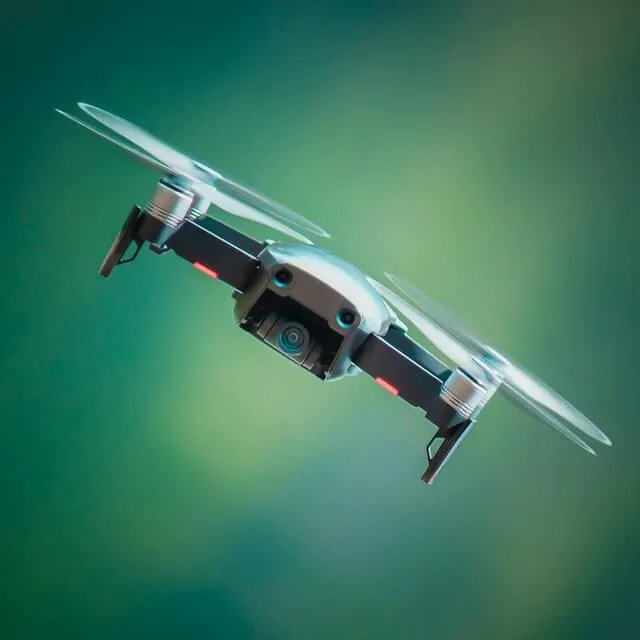Drone education extends far beyond just a Part 107 Certification. In this article, Dr. Burgett of Clemson University explains the top 6 reasons you may want to consider enrolling in a drone course.


It doesn't take much of an internet search to see that drones are significantly changing the way many industries are doing business. Whether you're a contractor, surveyor, or first responder, drones are making many operations faster, safer, and with better results. The benefits are apparent, but many companies are struggling with how to start. You could scour the internet teaching yourself what you think you need to know. But others are jumpstarting their program by enrolling a small team into a comprehensive drone course. Here are the top six benefits of registering in a comprehensive drone course.
1. Feel confident you're not missing something big
The word "comprehensive" deserves some context. No single course will teach everything there is to know about drones. However, you're going to need a lot more than just passing your Part 107exam. A comprehensive course gives you the confidence that there isn't some significant regulation, practice, or norm that you're missing. Sometimes you don't know what you don't know. A comprehensive course should cover the Part 107 exam, how you comply with those rules, insurance, privacy, getting the most from your data, and how to fly.
2. Earn your FAA remote pilot certificate
For you to use drones commercially, Federal rules require you to have an FAA remote pilot certificate. To earn this, you need to take an FAA knowledge test. The test covers a wide range of topics from altitude restrictions, radio frequencies, controlled airspace, weather, and aeronautical charts. It sounds daunting, but it isn't with the right course. A good class will teach these concepts with illustrations, animations, and thorough explanations. It should also include hundreds of sample questions that provide feedback on "why" an answer was right or wrong.
3. Knowhow to comply with Part 107
When you take the knowledge test, the FAA will give you a booklet with sample charts, weather reports, and other test data. That's great, but what happens when your project isn't in the test booklet? A critical piece of a comprehensive course is to show you web tools and apps so that you can comply. For example, AirMap.com is a web tool where commercial pilots can check airspace classifications and file for authorization. It's free to use, but that won't help if you don't know it exists. Other practical applications include sample checklists, determining airport frequencies, unlocking DJI geofencing, UAV specific weather forecasts, requesting FAA waivers, and sample safety talks.
4. Get more than just a pretty picture
Most consumer-grade drones have cameras that can capture stunning images and video. That's a great feature, but a UAScan be more than just a flying camera. Many are using 2D drone images to create 3D models. Those modes can be used to document and share field issues in 3D. They can also be used to track progress, take-off quantities, and create maps with sub-inch accuracy. There are several software packages available to do this, but they all operate on the same photogrammetric principles. A comprehensive course should give students access to professional-grade software to learn and practice these higher-level drone uses.
5. Learn to fly and not just operate the sticks
I do a lot of in-person flight training, and there certainly is value there. However, a lot of flying is just practice, and you don't need an instructor over your shoulder as you do it. Something you do need is a high-quality simulator. A new pilot doesn't want to crash their drone, so they fly in open spaces far away from obstructions. That's fine, but you're not learning where the envelope's edge is, how to gauging distance, or how close you can fly to obstructions. You can learn those skills with a good simulator without the risk of damaging your equipment. If you're not crashing, you're not learning. A good simulator can also approximate emergency conditions like unexpected poor weather or loss of GPS signal.
6. Have your training mean something to others
There are many online drone schools, but that doesn't mean they're all the same. Classes with robo-instruction and auto-feedback will keep the course's cost down, but it might not give you what you need for your particular business. Make sure you do your homework and find a program that not only meets your needs but has a solid reputation in the industry. It doesn't have to be a land-grant institution like Clemson University, but find a school whose name looks good to your boss, clients, and on a resume.
Learn more about Dr. Burgett and the online Applied Drone Technology courses for professionals.











